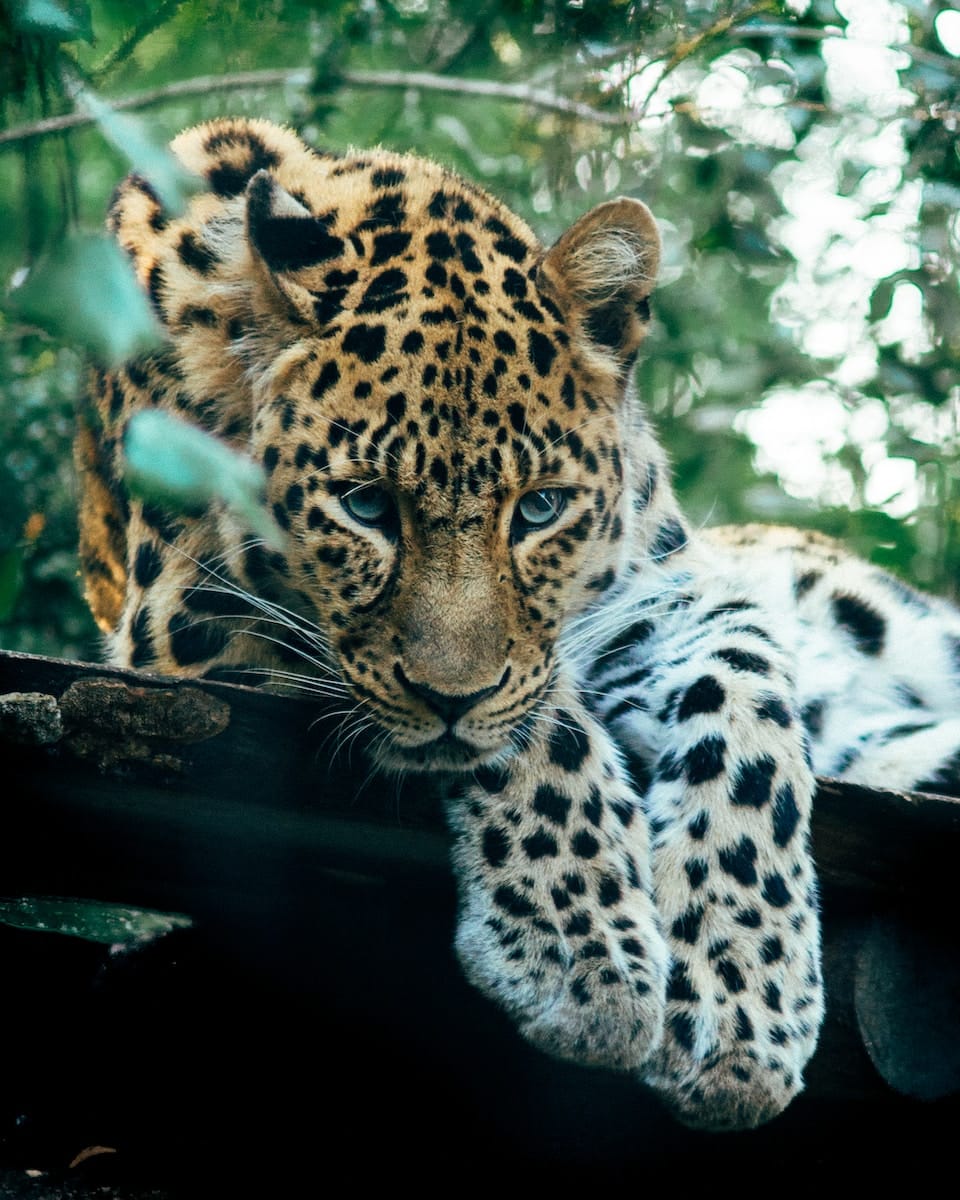Leopards and Pangolins Endangerment: The Real Cost of Your Investment in Traditional Chinese Medicine

In a world where wildlife conservation is of paramount importance, alarming reports reveal a grim truth that cannot be ignored. A recent investigation by EIA has exposed a disturbing reality: the body parts of threatened leopards and pangolins are being used in the production of at least 88 Traditional Chinese medicine (TCM) products. This revelation not only raises concerns about the imminent endangerment of these magnificent creatures but also highlights a clear violation of the CITES (Convention on International Trade in Endangered Species of Wild Fauna and Flora) treaty, designed to protect these species from the perils of commercial trade.
Three listed Chinese drugmakers, whose investors include or use some of the world’s biggest banks, used parts of endangered animals as ingredients in their products.
SHANGHAI/HONG KONG, Oct 23 (Reuters) –
A Sobering Reality beyond Your Investment in Traditional Chinese Medicine
Leopards and pangolins have long held a place of reverence in the world of TCM, believed to possess curative properties for a range of ailments. Their body parts are used in a variety of products, from powders and pills to ointments, that are consumed or applied by countless individuals. While these traditional practices have deep-rooted cultural significance, they have also become an existential threat to these magnificent creatures.
EIA’s investigation has uncovered the stark reality that the body parts of leopards and pangolins are being incorporated into TCM products manufactured by 72 Chinese companies. Even more concerning is that these products are officially licensed by the National Medical Products Administration of China. To exacerbate the situation further, some of these products also contain the parts of tigers and rhinos, in blatant disregard of recommendations set forth by the CITES treaty.
Endangerment of Leopards and Pangolins
The use of leopard and pangolin body parts in traditional Chinese medicine, as well as the illegal inclusion of tiger and rhino components, puts these animals on a treacherous path towards endangerment. Here is some of the evidence:
Declining Leopard Populations
Leopards have already faced a significant decline in population due to habitat loss, poaching, and illegal trade. According to the World Wildlife Fund (WWF), there are now fewer than 10,000 leopards left in the wild. The addition of TCM-related pressures only further endangers their survival.
Pangolins in Peril
Pangolins, often described as the world’s most trafficked mammal, are currently on the brink of extinction. Their scales and meat are highly sought after in the illegal wildlife trade. It’s estimated that over a million pangolins have been poached in the last decade, leading to a critical threat to their survival.
Both leopards and pangolins are listed on the CITES treaty, which prohibits international commercial trade in them and their parts. This designation reflects their vulnerable status and the urgent need to protect them from further exploitation.
The Bottom Line
The use of leopards and pangolins in Traditional Chinese medicine raises a red flag that cannot be ignored. EIA’s recent investigation serves as a wake-up call to the global community. The perilous state of these magnificent creatures, compounded by the illegal inclusion of tiger and rhino parts, creates the urgency to act.
Efforts to combat this issue must include raising awareness about the implications of such practices and enforcing the regulations set by CITES to safeguard these species. It is our collective responsibility to ensure that the beautiful and irreplaceable biodiversity of our planet is preserved for future generations. The time to protect these majestic creatures is now, before they become legends of the past.
Before signing off I will leave a question for investors and some of the world’s biggest banks: what is the real price of your investment in Traditional Chinese Medicine?





